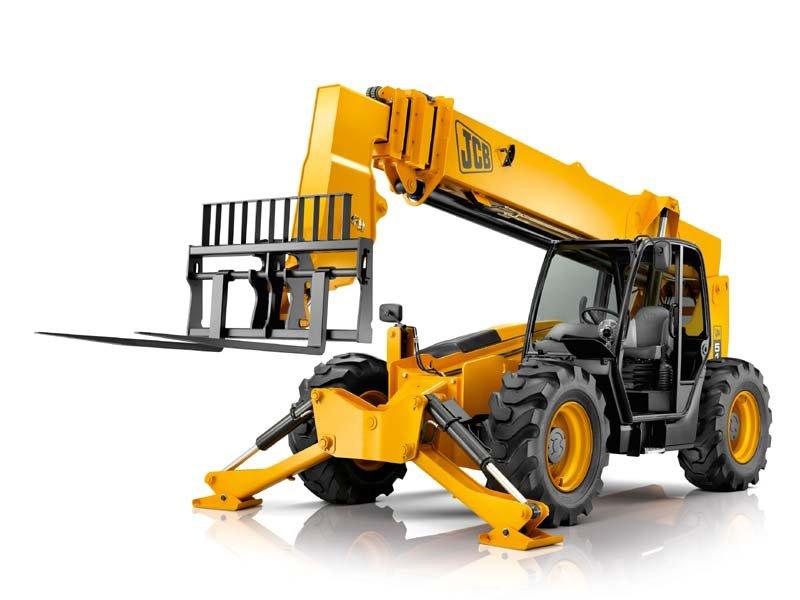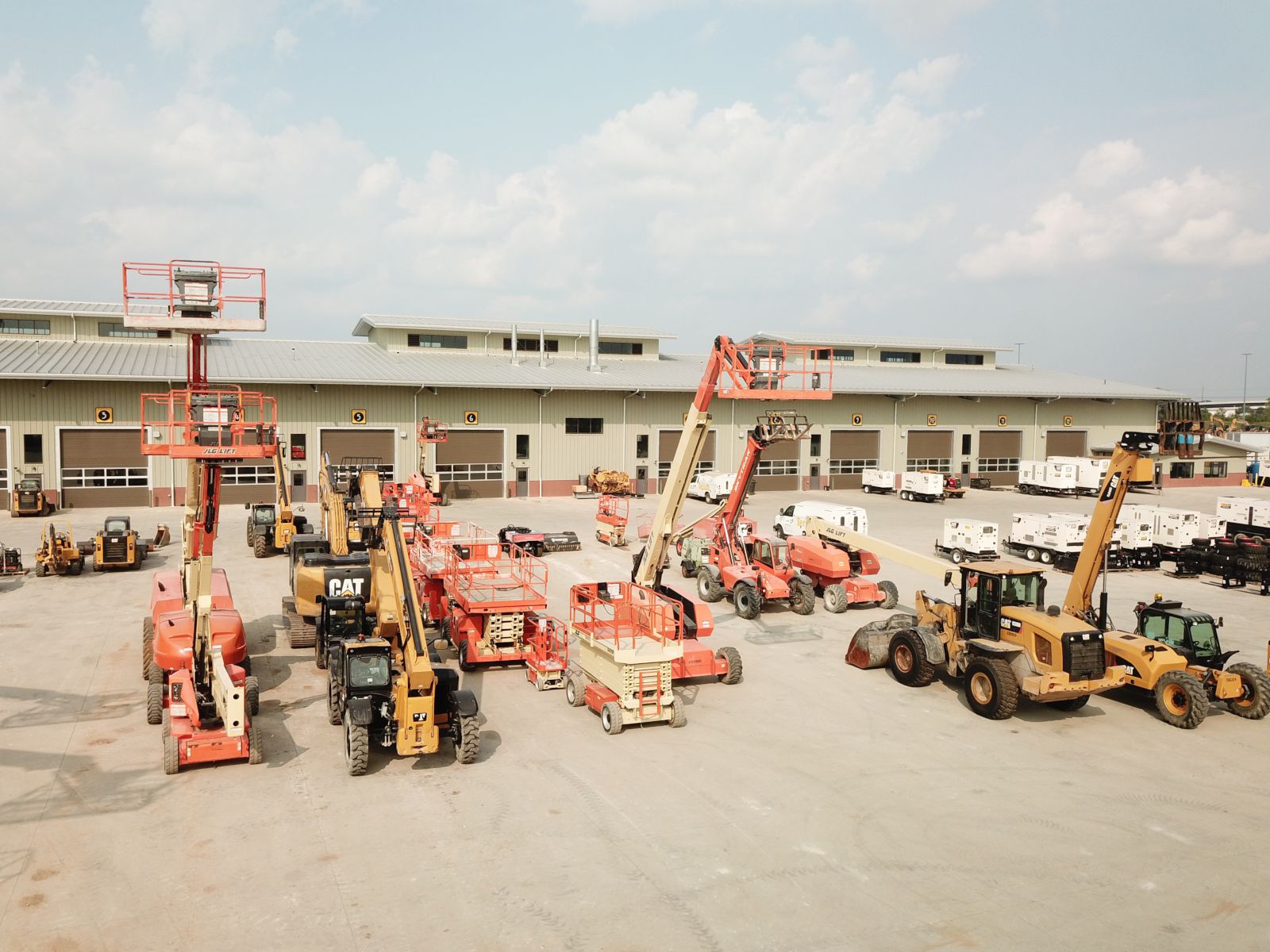Aerial Lift Rental: Versatile Lifting Solutions for High-Access Jobs
Aerial Lift Rental: Versatile Lifting Solutions for High-Access Jobs
Blog Article
Optimize Your Spending Plan by Understanding the Expenses Related To Construction Equipment Leasings
Understanding the complete range of expenses connected with construction devices rentals is critical for optimizing your spending plan. What techniques can be utilized to effectively manage these expenses and guarantee an extra effective rental experience?
Summary of Rental Expenses
When considering building equipment services, recognizing the associated expenses is vital for efficient budgeting and project preparation. Rental costs can vary considerably based upon a number of aspects, consisting of devices type, duration of service, and area. The first rental charge often reflects the equipment's market demand and its connected operational abilities, influencing the overall expenditure.
In addition to the base rental price, ancillary expenses may emerge, such as transport costs, gas additional charges, and maintenance fees. It is important to represent these extra expenditures to accurately examine the overall expense of renting out devices. Moreover, the rental duration can impact rates; longer rentals might qualify for reduced prices, while short-term services could sustain greater day-to-day charges.

Break Down of Rental Prices
A thorough understanding of rental rates is vital for specialists and project managers aiming to maximize their spending plans. Rental rates for construction equipment typically consist of a number of elements, consisting of base prices, time-based charges, and usage fees.
Base rates are the core fees connected with the rental of the tools, often determined by the kind and size of the equipment. These prices can differ dramatically, influenced by elements such as equipment demand, availability, and local market trends. Time-based costs, which might be daily, weekly, or monthly, serve to fit various job timelines and rental periods.
In addition, rental prices may include use charges, which apply when equipment is used beyond a specified threshold, guaranteeing that the rental company can account for wear and tear. Seasonal need variations can also influence rental prices, with peak building seasons generally commanding higher prices.
Additionally, understanding the rental firm's policies regarding upkeep and insurance policy can offer further insight into the general price framework. By examining these elements, specialists can make enlightened choices, guaranteeing the selection of rental devices lines up with both task needs and budget constraints.
Added Costs to Consider
Understanding the ins and outs of added costs is crucial for service providers to handle their general service expenses successfully. Beyond the standard rental rates, different supplementary fees can significantly impact the overall cost of tools leasing. These charges typically consist of distribution and pickup costs, which can differ based on range and logistics included in delivering the devices to and from the job website.
Moreover, some rental firms may impose fuel surcharges if the equipment is returned with less gas than when rented out. It is additionally vital to recognize potential cleansing fees, particularly for specific equipment that requires complete maintenance after usage.

Thoroughly evaluating the rental contract and clarifying these added charges upfront can aid service providers make sure and avoid unexpected prices that spending plans continue to be intact throughout the task lifecycle.
Upkeep and Fixing Costs
Routine maintenance and repair expenses are often ignored elements that can dramatically influence the general cost of building backhoe loader attachments and construction tools leasings. When leasing devices, it is important to take into consideration not just the rental charges yet likewise the prospective costs linked with maintaining the equipment in ideal operating condition.
Several rental firms consist of standard upkeep as part of the rental arrangement; nonetheless, much more unanticipated break downs or comprehensive repair work can cause added expenditures. It's necessary to review the rental click to find out more contract very carefully to comprehend what upkeep solutions are covered and what responsibilities fall on the renter.
Moreover, tools that is not properly maintained can result in inadequacies at work website, potentially creating delays and enhancing job expenses. To alleviate these risks, it is a good idea to conduct routine assessments and maintain open communication with the rental supplier pertaining to any kind of problems that arise during use.
Insurance and Responsibility Costs
Insurance policy and obligation costs are vital parts that can dramatically affect the total expenditure of construction tools leasings (construction equipment rentals). These costs guarantee that both the rental company and the customer are protected from potential economic losses developing from crashes, damages, or theft throughout the rental duration

Additionally, customers should be conscious of any type of deductibles or exclusions in the insurance plan, as these can affect prospective out-of-pocket costs. Recognizing the conditions of any kind of insurance policy protection is crucial to stay clear of unexpected costs. Ultimately, budgeting for insurance policy and responsibility expenditures can aid make certain a smoother rental experience and shield versus monetary threats related to construction tasks.
Conclusion
Finally, a detailed understanding of the prices connected with building equipment leasings is important for reliable budget monitoring. By analyzing rental prices, extra costs, maintenance expenses, and insurance policy individuals, organizations and requirements can minimize unanticipated expenses. This strategic method not just boosts cost-effectiveness but also makes certain that projects advance efficiently and effectively. Eventually, notified decision-making pertaining to tools leasings adds to the overall success of construction endeavors.
Rental prices can differ considerably based on several aspects, consisting of tools type, period of leasing, and location (boom lift rental). The rental period can influence rates; longer used heavy equipment dealer services might qualify for reduced prices, while short-term services might incur greater day-to-day costs
By performing thorough research and involving with trusted rental firms, service providers can properly browse the complexities of rental prices, inevitably optimizing their financial sources.
Beyond the basic rental prices, various supplemental fees can substantially impact the complete cost of devices rental. Rental business typically provide obligation insurance that covers injuries to 3rd events or damages to property, while tools damage insurance coverage can cover the price of repairs or substitute if the rented out tools is damaged.
Report this page